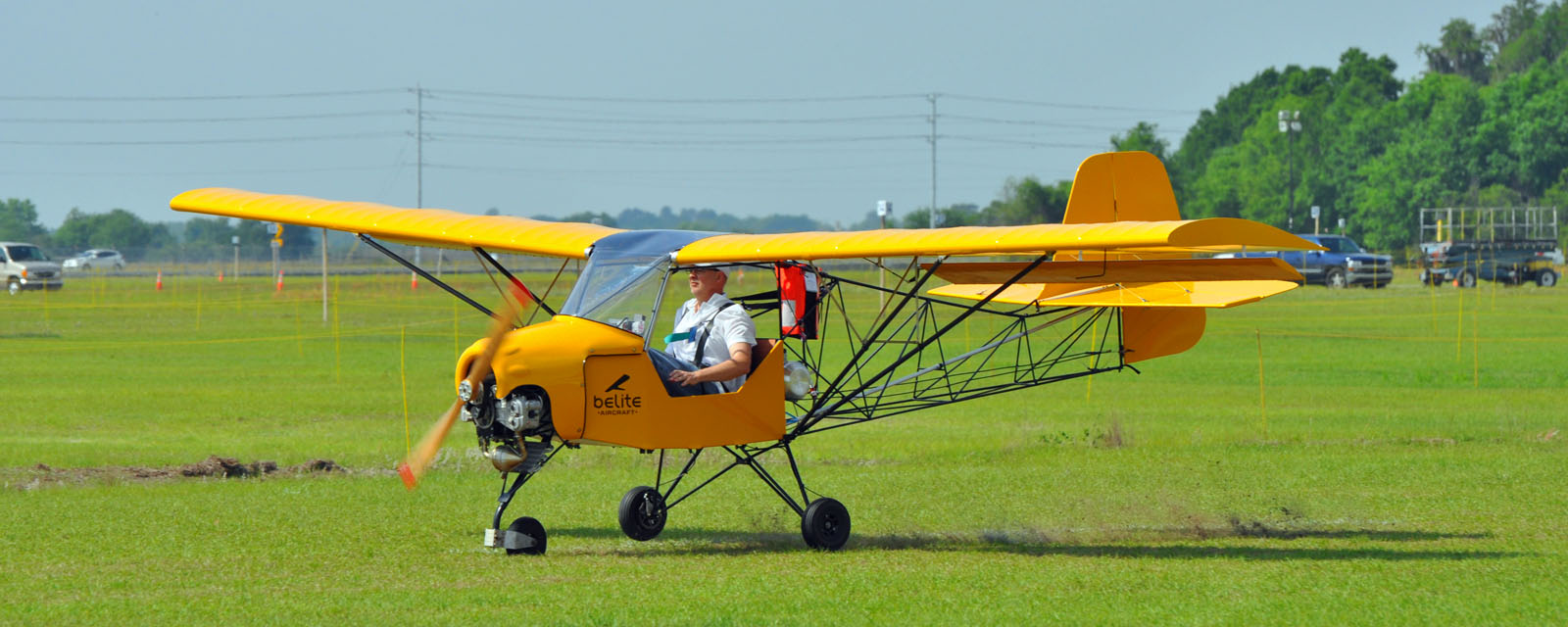Ultralight aircraft have captured the imagination of aviation enthusiasts and adventurers alike. These lightweight flying machines offer the thrill of flying while maintaining a level of accessibility that appeals to both experienced pilots and newcomers. With their minimalistic design and ability to take off and land in shorter distances, ultralight aircraft present a unique opportunity for individuals to experience the skies in a way that is both exhilarating and liberating. This article aims to delve into the fascinating world of ultralight aircraft, exploring their features, benefits, and the ever-growing community surrounding them.
The appeal of ultralight aircraft lies not only in their design but also in the freedom they provide. Pilots can enjoy the beauty of flight without the constraints of traditional aviation regulations. Additionally, the lower cost of entry and maintenance makes these aircraft an attractive option for those looking to embrace the joys of aviation without breaking the bank. As we explore this subject further, we will answer some common questions and provide insights into what makes ultralight aircraft so special.
Throughout this article, we will cover various aspects of ultralight aircraft, including their classification, the types available, and the regulations that govern their use. Whether you are a seasoned pilot or someone who has never flown before, there is much to learn about these incredible machines and the community that supports them.
What Are Ultralight Aircraft?
Ultralight aircraft are defined as lightweight, simple aircraft that typically have a maximum weight of 254 pounds (115 kg) for powered aircraft, according to FAA regulations. They are designed for recreational flying and do not require a pilot's license in many countries, making them accessible to a broader audience. These aircraft can be categorized into various types, including:
- Powered ultralights
- Weight-shift control aircraft
- Gliders
- Powered parachutes
How Do Ultralight Aircraft Differ from Traditional Aircraft?
The primary difference between ultralight aircraft and traditional aircraft lies in their weight and design. Traditional aircraft are often heavier, require more complex instrumentation, and have stricter regulatory requirements. In contrast, ultralight aircraft prioritize simplicity and weight savings, making them easier to operate and maintain. Some key differences include:
- Weight: Ultralights must weigh less than 254 pounds.
- Regulations: Many ultralight aircraft do not require a pilot's license.
- Cost: Ultralight aircraft are generally more affordable to purchase and maintain.
- Flight Experience: Ultralights provide a more close-to-nature flying experience.
What Are the Benefits of Flying Ultralight Aircraft?
Flying ultralight aircraft offers numerous benefits, including:
- Accessibility: With fewer regulations, more people can experience the joy of flying.
- Cost-Effectiveness: Lower purchase and maintenance costs make flying more affordable.
- Simplicity: The straightforward design allows for easier piloting and maintenance.
- Adventure: Ultralight flying allows for exploration of remote and scenic areas.
What Types of Ultralight Aircraft Are Available?
There are several types of ultralight aircraft available on the market, each with unique characteristics. Some popular types include:
- Fixed-Wing Ultralights: Resembling small airplanes, these aircraft have a rigid wing structure.
- Weight-Shift Control Ultralights: Also known as trikes, these aircraft have a flexible wing and allow pilots to control flight by shifting their weight.
- Powered Parachutes: These ultralights feature a parachute canopy and a motor, providing a gentle flying experience.
- Gyroplanes: These aircraft utilize a rotating rotor for lift and are known for their stability and safety.
What Are the Safety Considerations for Ultralight Aircraft?
Safety is a crucial aspect of flying ultralight aircraft. While they are generally considered safe, there are several factors pilots should keep in mind:
- Regular maintenance of the aircraft is essential for safe operation.
- Pilots should be aware of weather conditions and avoid flying in adverse conditions.
- Understanding the aircraft's capabilities and limitations is vital for a safe flying experience.
- Participating in educational programs and training can enhance safety knowledge.
How Can I Get Started with Ultralight Aircraft?
Getting started with ultralight aircraft can be an exciting journey. Here are some steps to help you begin:
- Research different types of ultralight aircraft to find one that suits your interests.
- Consider taking a flight training course or joining a local ultralight flying club.
- Purchase or build your ultralight aircraft, keeping in mind your budget and preferences.
- Stay informed about regulations and safety practices to ensure a safe flying experience.
What Is the Future of Ultralight Aircraft?
The future of ultralight aircraft looks promising, with advancements in technology paving the way for more efficient and innovative designs. As the aviation community continues to grow, ultralight aircraft are likely to evolve, offering new opportunities for recreational flying. Some potential trends include:
- Increased use of electric propulsion systems for quieter and more environmentally friendly flying.
- Enhanced materials and construction techniques for lighter and more durable aircraft.
- Greater emphasis on safety features and technology integration for improved flying experiences.
Conclusion: Why Choose Ultralight Aircraft?
Ultralight aircraft provide a unique and accessible way to experience the joy of flight. With their lightweight design, affordability, and the thrill of soaring through the skies, these aircraft have become a popular choice for adventure seekers and aviation enthusiasts. Whether you are looking to explore new horizons or simply enjoy the freedom of flying, ultralight aircraft offer an exhilarating experience unlike any other. As the aviation landscape continues to evolve, the future of ultralight aircraft appears bright, promising even more exciting possibilities for those eager to take to the skies.
Article Recommendations
- Mitch Mcconnells Wife White House Unveiling The Role
- Megan Foxs Big Forehead Controversial Or Cool
- Mitch Mcconnell As A Drag Queen An Unexpected Transformation


